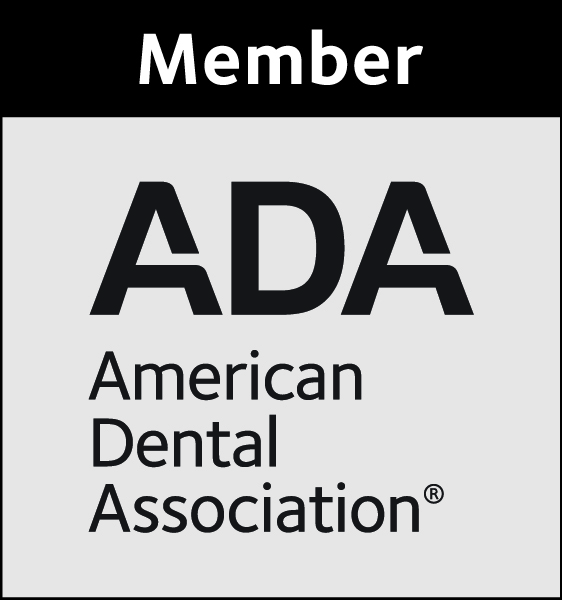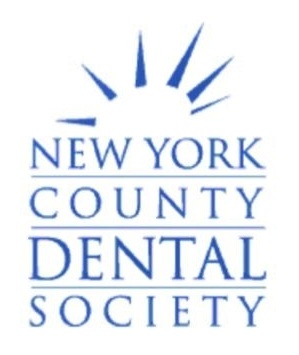Difference Between TMJ and TMD
TMJ or The temporomandibular joint is referred to the bilateral joints that together hold your jawbone connected to your skull. TMD or Temporomandibular disorder refers to any abnormality of TMJ which can sometime manifest itself as pain in your jaw joint and/or its surrounding muscles, headache, dental pain, inability to fully open mouth, headache, neck and back pain, ringing in ear or ear ache.
What Causes TMD?
The root cause of TMD can be attributes to stress, poor posture, imbalanced occlusion and related craniofacial joints and muscles, parafunctional habits like clenching and grinding.
How Does TMD Play Into My Cosmetic Treatment?
Parafunctional habits such as clenching and grinding have a direct impact on dental and periodontal structure. The stress induced by these habits can damage cosmetic restorative materials. Therefore whether you have pain or not associated with TMD, it is important to be evaluated for parafunctional habits such as grinding (bruxism) or clenching prior to undergoing cosmetic treatment.
Is TMD Treatable?
In most cases, the pain and discomfort associated with TMJ disorders can be relieved with proper and conservative treatment and pain management. These include awareness, relaxation techniques, physical therapy, muscle exercises and custom bite plate during sleep.
Although few people can benefit from surgical intervention, it should be considered as the last resort.




